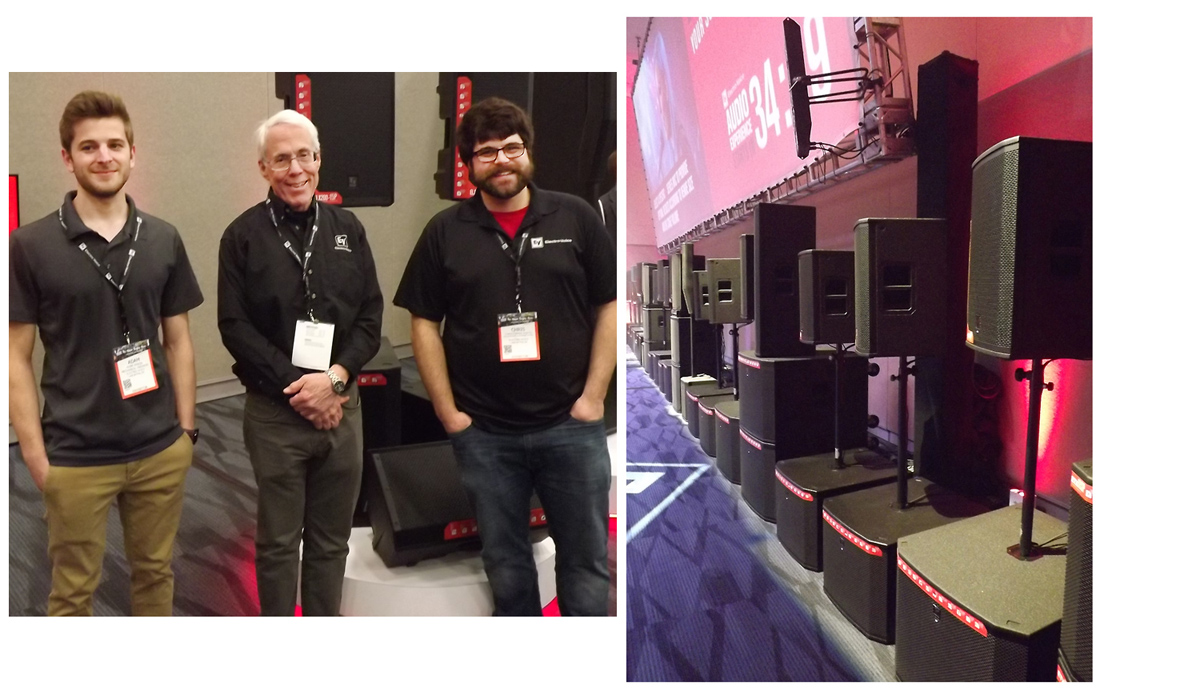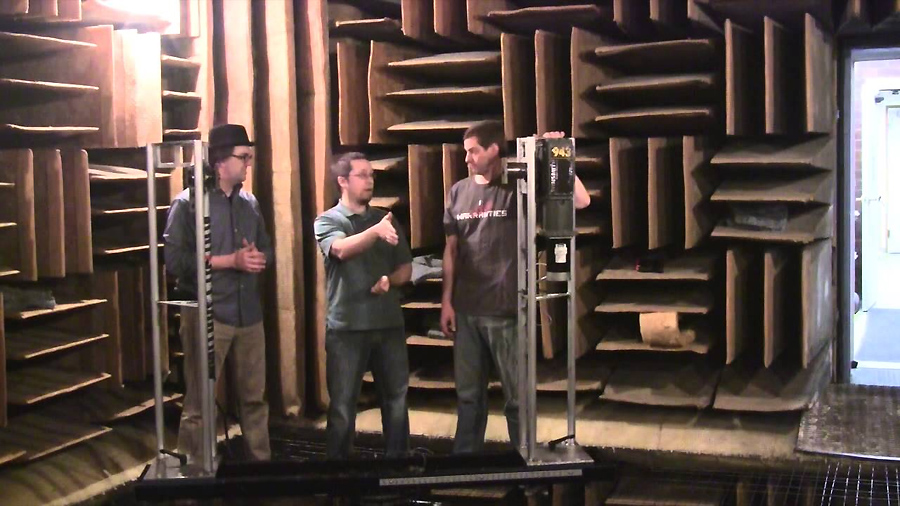
Meeting The Challenge
What defines the “EV Sound” that’s at the core of every product? In fact, it’s a question the organization asked itself several years ago, and the definition distilled down to two words: accurate and pure.
“Obviously, there’s a lot of explanation that go into those terms,” Gelow adds, “but what it boils down to is a process we apply to everything, no matter what it is.” The product development process often begins by looking for ways to further improve upon the most recent accomplishments of the team, all while keeping the core sonic attributes firmly in focus. “No matter the price-point, no matter the scale and size, making it sound good without a compromise to quality is the challenge.”
An example of how well this process can work is EV’s current market share in portable systems, with Carlson noting, “One big benefit is having people who’ve worked on high-end, high-performance products who share what they’ve learned for even the most price-sensitive, lower-cost products. That’s an advantage of our depth in terms of experience.” Gelow follows, “There’s very much an understanding that you don’t ever compromise the sound quality. You may have to make trade-offs such as compactness, or price, or power/output, but the sound quality must remain sacred.”
Electro-Voice designs all components in-house – enclosures, waveguides, drivers, amplifier modules, and DSP – a factor that helps ensure a cohesiveness and consistency in everything from stand-alone loudspeakers to networked systems. Additional constants of the process are an eye on complete transparency and linearity in the place it all starts with loudspeakers: the transducers. As a result, the need for external processing is minimized but, when DSP is used, it is highly focused to achieve optimum performance.

The genesis of every product is what the company calls a CRS (customer requirement specification) that defines every single attribute that’s important to customers. Once the CRS is set, it’s translated into the design specification, covering aspects ranging from class of transducers, power, DSP, enclosure type and size, and so on.
The transducer level is addressed first, and once that’s known, it’s on to other key factors. It’s a process marked by rigorous testing and measurement before, during and after development commences. “There are several very important aspects in measurement: understanding what to measure and why it’s important, the ability to make measurements and make them with high accuracy, and then understanding what all of this data is telling us in using it to inform and optimize the design,” Carlson says.
As a result, measurement methodology, transducers, and systems are a constant focus, with stepping stone improvements made along the way, plus two complete upgrades of processes, methodology and equipment in just the past decade.
In fact, the engineering group just completed the latest advances on the department’s two-axis rotator system, which facilitates high-resolution spatial measurement as well as three-dimensional mapping. The ability to rotate even large loudspeakers at two-degree resolution, which the company established more than 30 years ago, is rare in professional audio, and that capability has now been furthered in its third generation.
Ample Resources
It’s the continuation of a 90-year-old engineering heritage that dates back to the company’s earliest days, when founders Al Kahn and Lou Burroughs set the pace with numerous pro audio firsts and patents, followed by a commitment to further the research of sound with one of the first anechoic chambers outside of a research laboratory. In fact, that original chamber still exists at the Burnsville facility, transferred from the company’s previous Buchanan, MI location under Carlson’s supervision.

Staffed by several engineers and support staff, EV’s well-equipped labs include power testing capabilities where voltage and current can be measured on more than 30 channels simultaneously. There are also complete acoustical, structural and magnetic modeling and simulation capabilities, with another highlight being a mechanical and structural testing facility centered around a 10-ton pull-test fixture.
“I built the first pull-test site in Buchanan in the mid-1980s with a capacity of 10,000 pounds, and we’ve since doubled the capacity to 20,000 pounds,” Carlson notes. “This is invaluable in developing the integrity of both rigging as well as the loudspeaker cabinets themselves. Of course, the effort all starts with serious math before moving along to the actual pull-testing. Everything needs to be as strong as it can be, and we must account for worst-case situations.”
